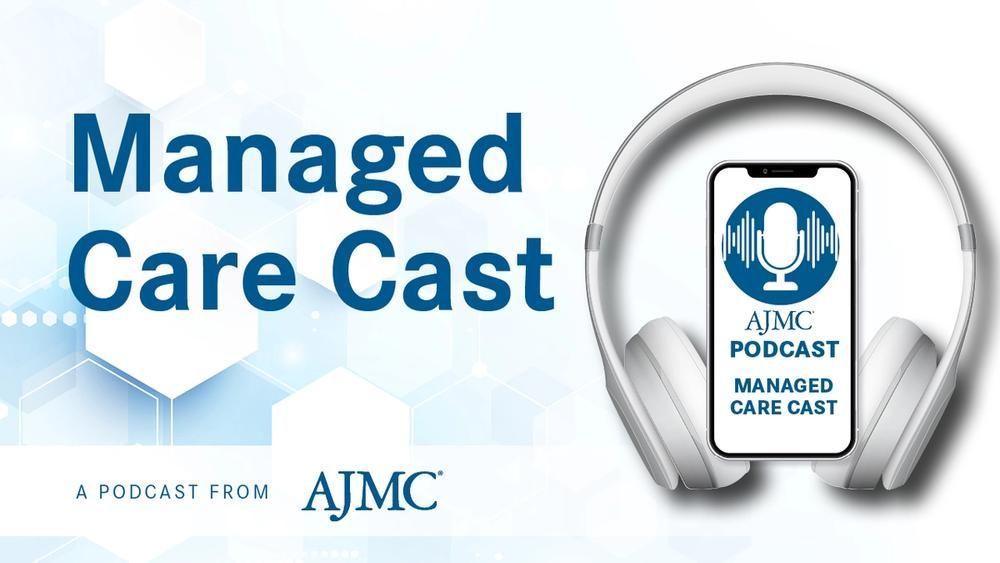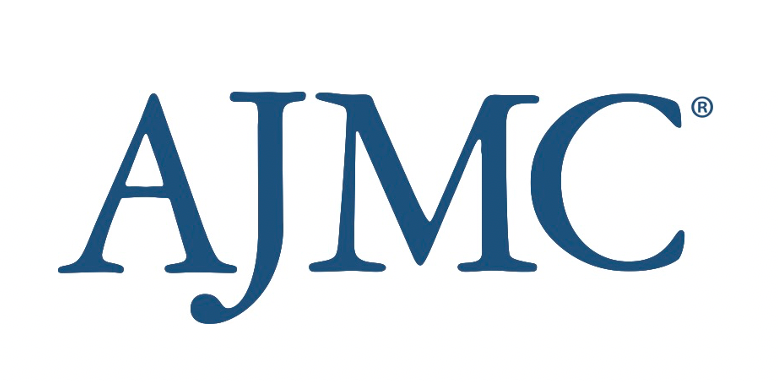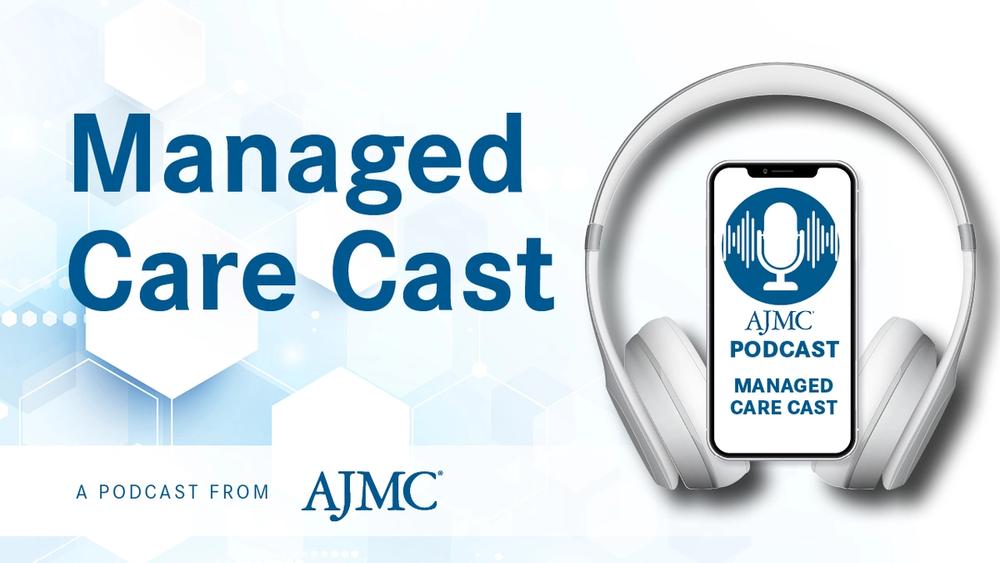News
Article
Braidwood Case Headed to Supreme Court, Coverage for Preventive Care in Jeopardy
Author(s):
Key Takeaways
- The Braidwood case challenges the federal mandate for insurance coverage of preventive services, potentially affecting HIV and oncology treatments.
- A ruling against the mandate could limit coverage to services rated A or B before March 2010, impacting over 30 preventive services.
Insurance coverage of preventive care is on the line as Braidwood Management v Becerra moves to the Supreme Court this year.
Changes to the ways that preventive care is covered by insurance may be in the cards as the Braidwood Management v Becerra case makes it way to the Supreme Court this year. The decision could erode mandates that guarantee coverage of both HIV and oncology preventive treatments, leaving many to reevaluate how they get their medication and their screening services.
The Braidwood Management v Becerra case first made headlines on March 30, 2023, when Judge Reed O’Connor ruled that the US Preventive Services Task Force (USPSTF) had no federal jurisdiction to mandate coverage of various preventive services, which meant that Braidwood Management was not required to cover pre-exposure prophylaxis (PrEP) through their insurance plan.1 The decision not only affects PrEP but extends to all USPSTF mandates, which affect preventive services in oncology and mental health.
“The Affordable Care Act included 3 very important paragraphs…called the preventive services provision,” said A. Mark Fendrick, co–editor in chief of The American Journal of Managed Care® and director of the Center for Value-Based Insurance Design at the University of Michigan. “This provision mandated that all federally qualified health plans cover specified preventive services at zero cost sharing.”
The Supreme Court decision on the Braidwood case could have implications for coverage of preventive services. | Image credit: Sebastian Duda - stock.adobe.com

Fendrick noted that this provision was amended recently to allow coverage for COVID tests, vaccines, and treatments at no cost to patients, emphasizing the fluidity and constant update of the provision. The benefits of removing cost-sharing, he said, primarily benefited underserved populations, such as low income, rural, and Black and Hispanic communities. Should the Supreme Court uphold the ruling made by Judge O’Connor, vulnerable populations are likely to feel the brunt of the result.
If the ruling is upheld, requirements for insurance coverage will roll back, necessitating that insurance companies only have to cover preventive services given an A or B rating through March of 2010. This also means that insurance coverage of any updates to previous preventive services or new means of prevention that were added within the last 15 years would no longer be guaranteed. According to the Center for Value-Based Insurance Design , more than 30 preventive services would be affected by this ruling.2,3
“[My] work done with the Employee Benefit Research Institute showed that a substantial majority [of payers] said that they would continue to cover much of the A and B rated services independent of the ruling,” said Fendrick. “But one of the things I like to point out about [the preventive services provision] is that it’s a gift that keeps on giving.”
The provision allowed for each new health recommendation to be accounted for and covered by insurance at no cost to the patient as USPSTF added it to their own recommendations, said Fendrick. Should the ruling be upheld, the language of the provision would make it so that they can cover the preventive services but they no longer have to.
“Because of the infrastructure and the coding and other types of things, and the realities in place, I don’t think many [payers] are actually going to pull back on most of the current A- and B-rated services. What I’m concerned about is the work of the task force that will continue and what will happen moving forward,” said Fendrick.
Preventive services that were not rated as A or B prior to 2010 include PrEP for preventing HIV, screening for anxiety in all age groups, behavioral counseling interventions for healthy weight, preventive interventions for perinatal depression, and screening for lung cancer, gestational diabeties, Hepatitis B and C in adolescents and adults, and depression and suicide risk in adults, among others. Although some services would remain required for insurance companies to cover, such as screening for cervical cancer and colorectal cancer, insurance companies would only have to cover preventive services approved for these methods that were available through March of 2010, eliminating coverage for potentially more effective means of screening.
The legality of USPSTF’s volunteer board designating that preventive care that garners an A or B rating by their board should be covered through value-based insurance design is the focus of the case. Braidwood Management argued that this designation was not constitutional due to the Appointments Clause, which requires that all government decisions come from federal officers appointed by either the president or the department head, which is not how USPSTF’s volunteer board was appointed.
With the impending Supreme Court hearing, it is possible that the ruling from Judge O’Connor will be upheld. Fendrick said that now is the time to educate people about the potential coverage they are losing.
Making preventive services harder to access would discourage patients from continuing to seek out the services, said Fendrick, which poses a problem when preventive services are already used less frequently than recommended. For example, rates of screening for colorectal cancer were only 63.5% in 2023, according to the Office of Disease Prevention and Health Promotion.4
“We’re doing everything we can to make sure folks understand the number of people who may be affected if public and private payers start switching zero cost coverage to reinstating cost sharing,” said Fendrick. “I’m hoping that more common sense will prevail, understanding that Republicans and Democrats and every stakeholder I’ve talked to tend to support preventive care.”
References
1. Bonavitacola J. Federal judge’s ruling throws preventive care access into question. AJMC®. April 4, 2023. Accessed January 30, 2025. https://www.ajmc.com/view/federal-judge-s-ruling-throws-preventive-care-access-into-question
2. Clinical implications of Braidwood ruling necessitating the use of pre-ACA USPSTF recommendations. Center for Value-Based Insurance Design. June 20, 2023. Accessed January 30, 2025. https://vbidcenter.org/wp-content/uploads/2023/06/Braidwood-Forefront-Tables_6.20.23-4.pdf
3. Challenge to the Affordable Care Act: Braidwood v. Becerra. Center for Value-Based Insurance Design. Accessed January 30, 2025. https://vbidcenter.org/initiatives/braidwood-becerra/
4. Increase the proportion of adults who get screened for colorectal cancer—C-07. Office of Disease Prevention and Health Promotion. 2023. Accessed January 30, 2025. https://odphp.health.gov/healthypeople/objectives-and-data/browse-objectives/cancer/increase-proportion-adults-who-get-screened-colorectal-cancer-c-07





